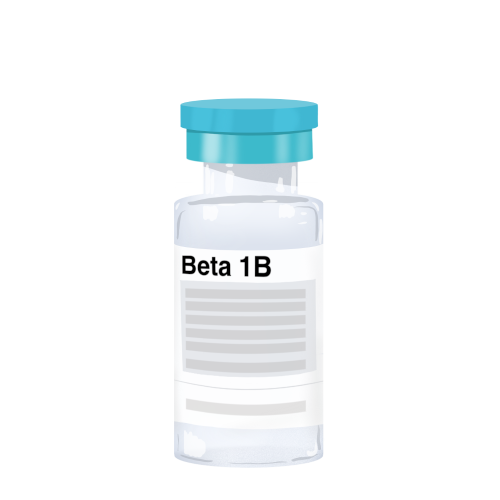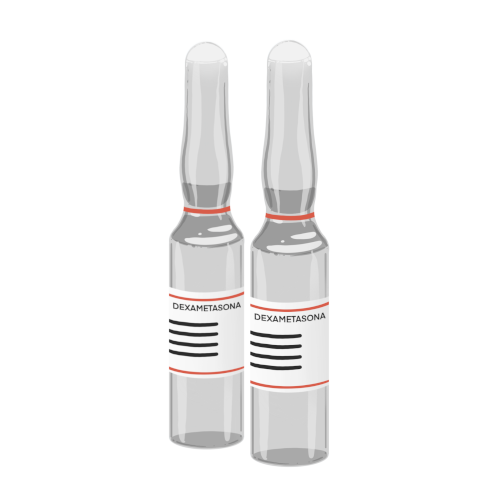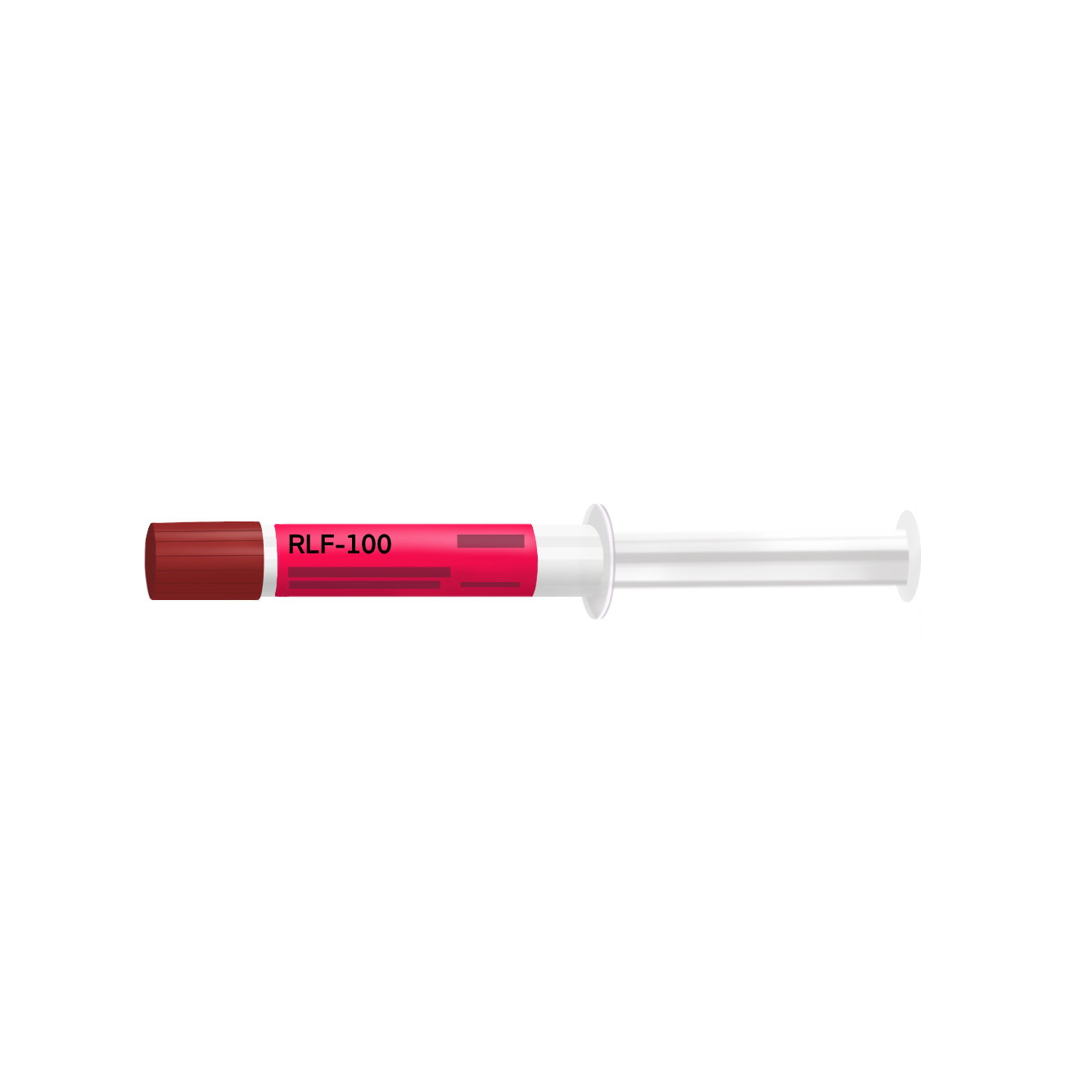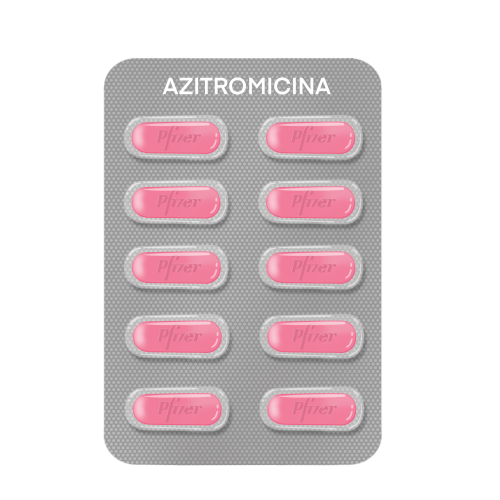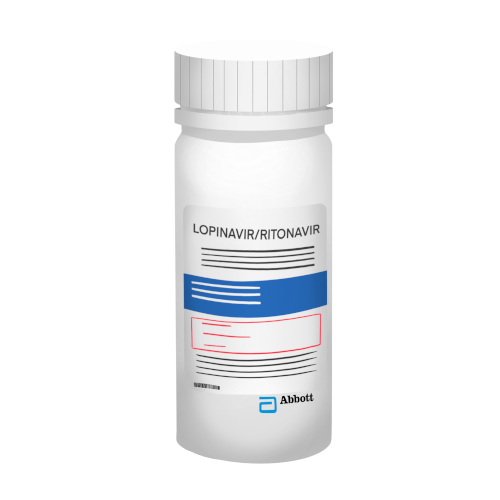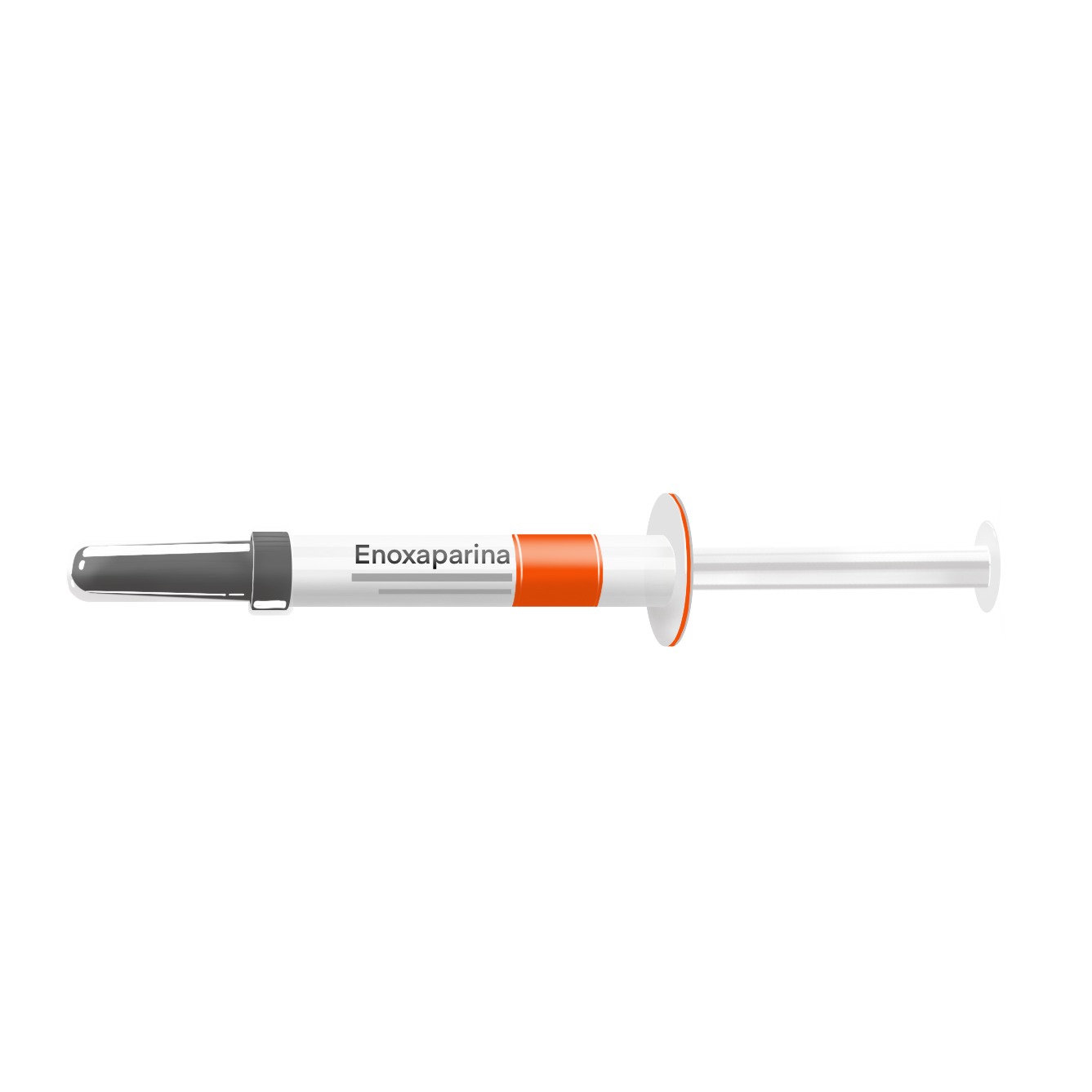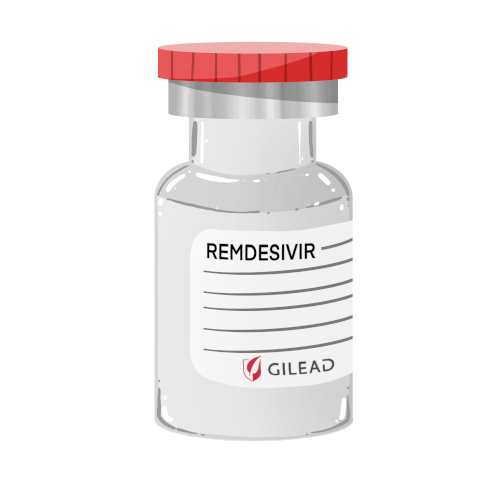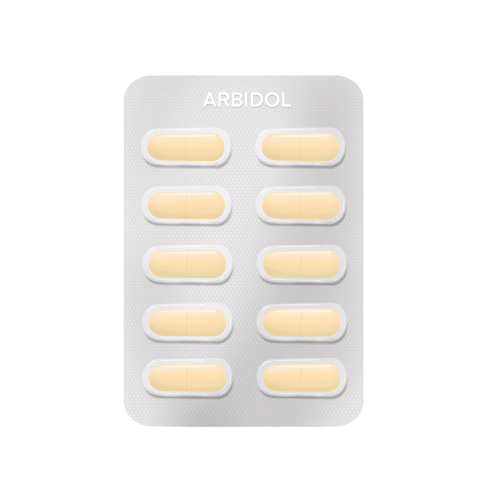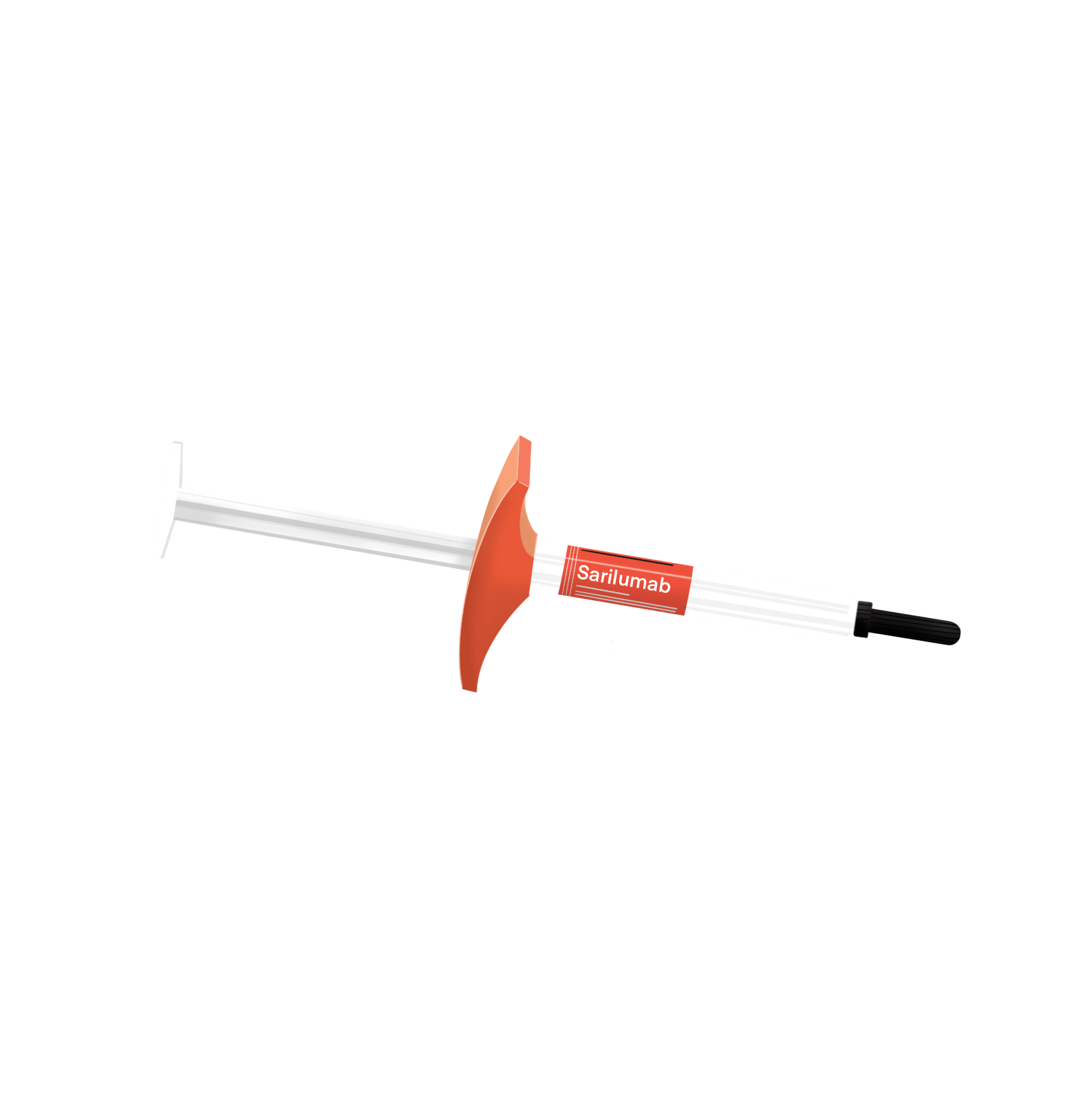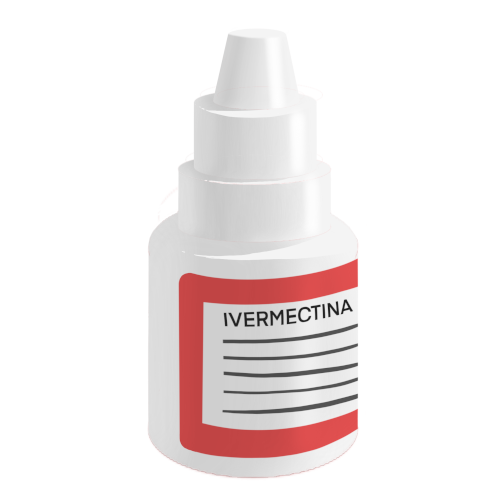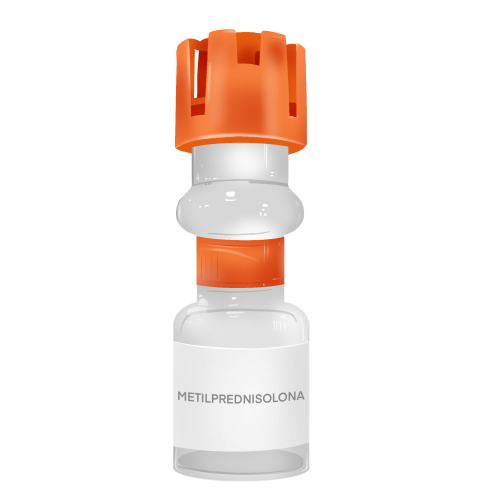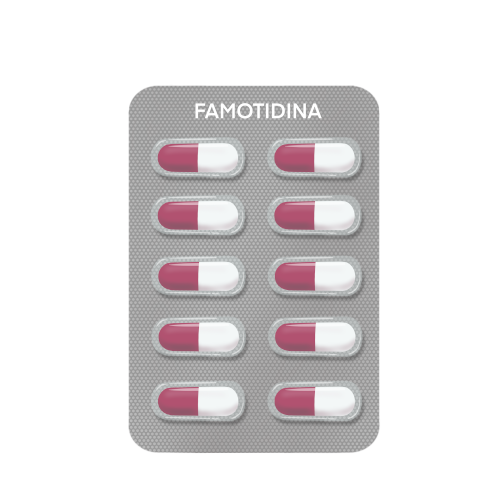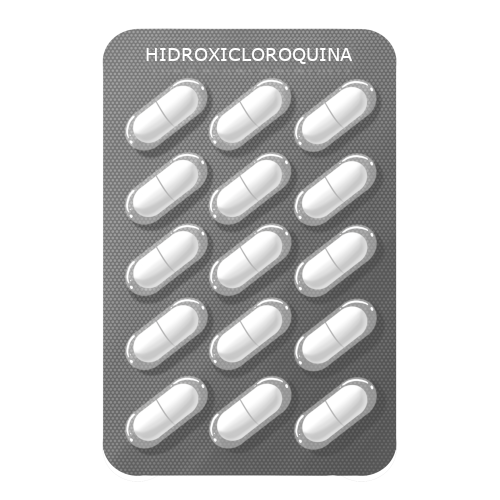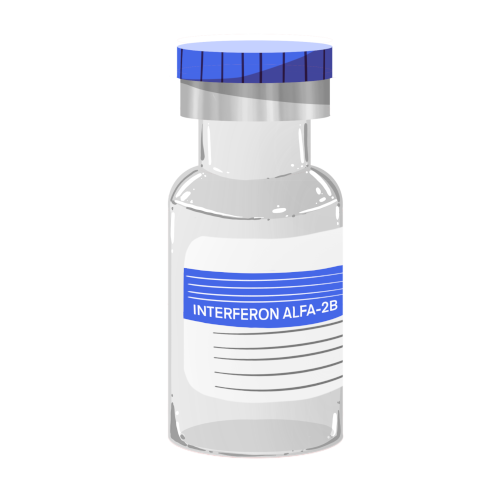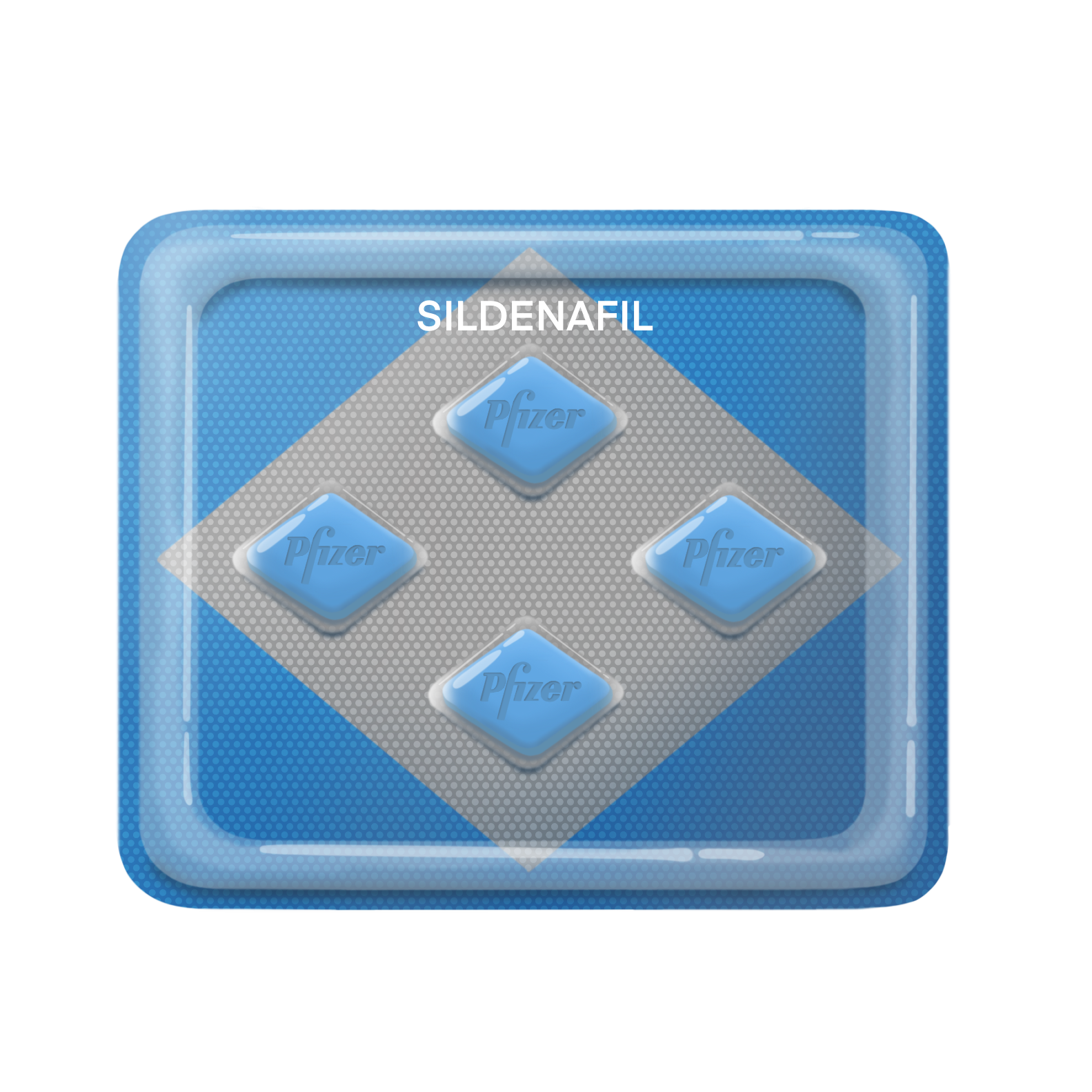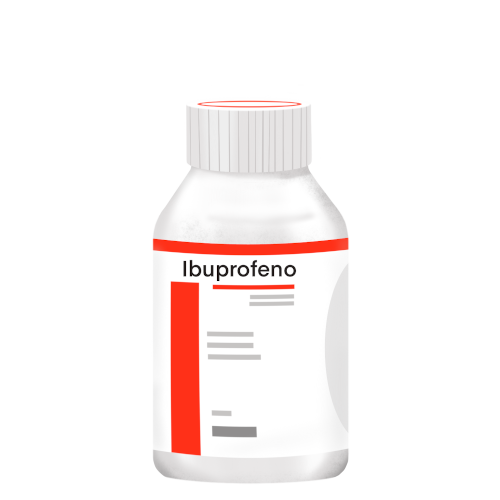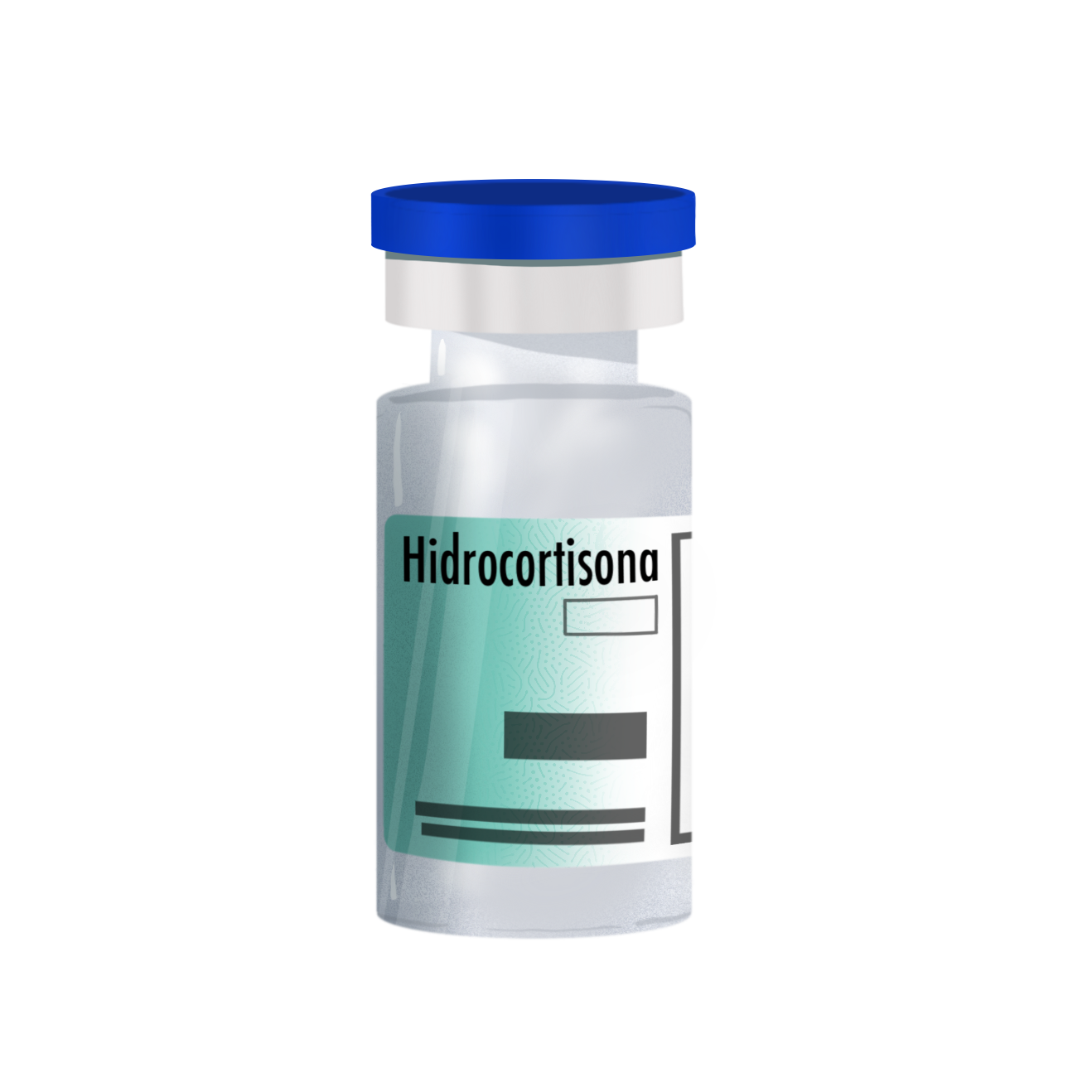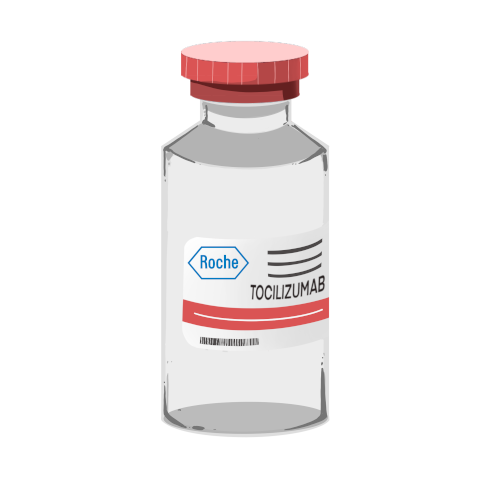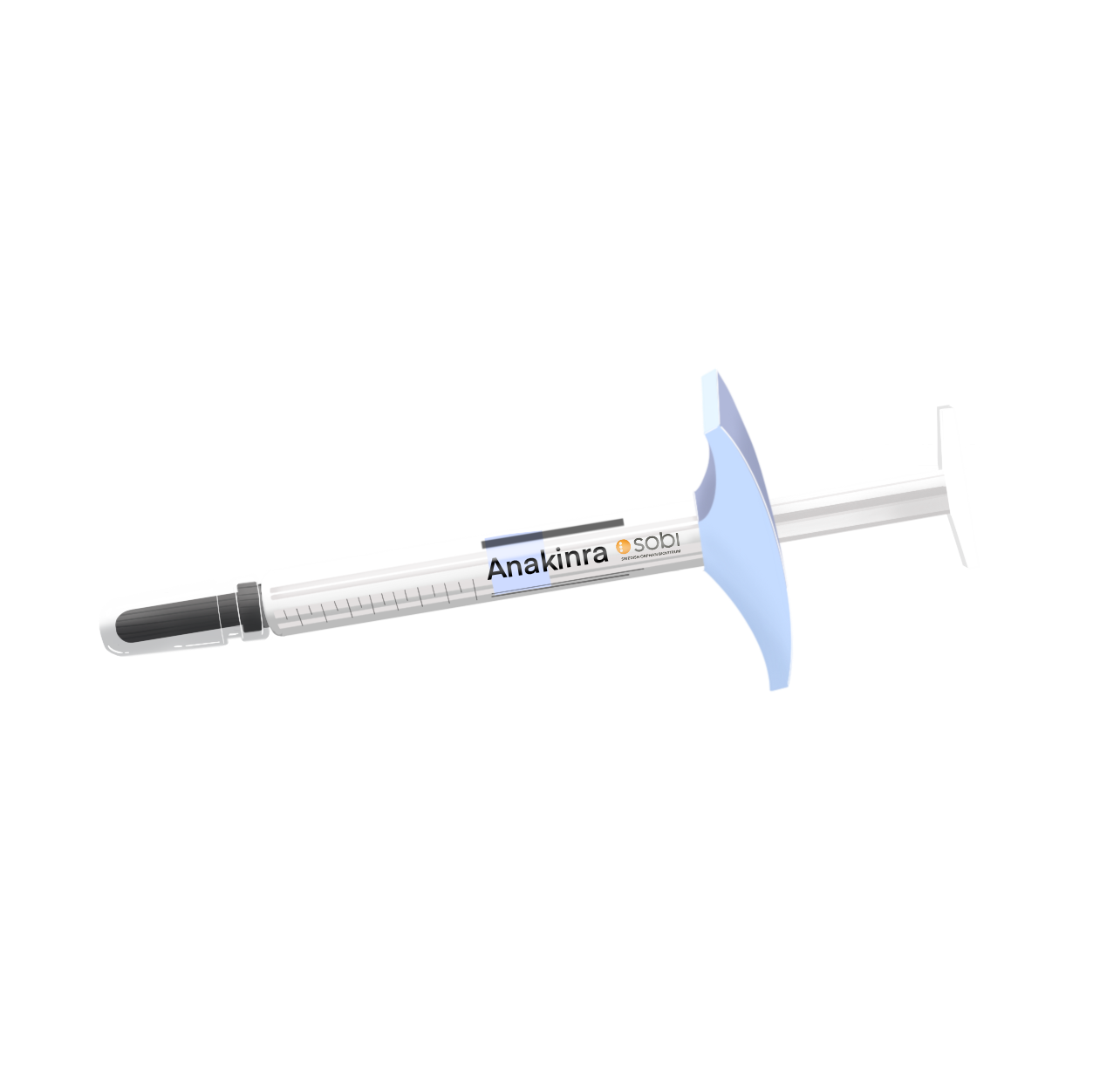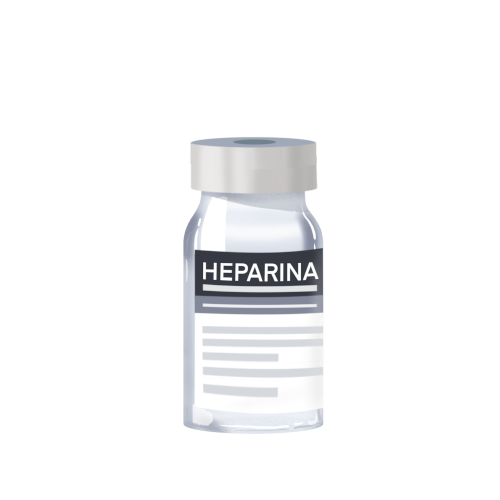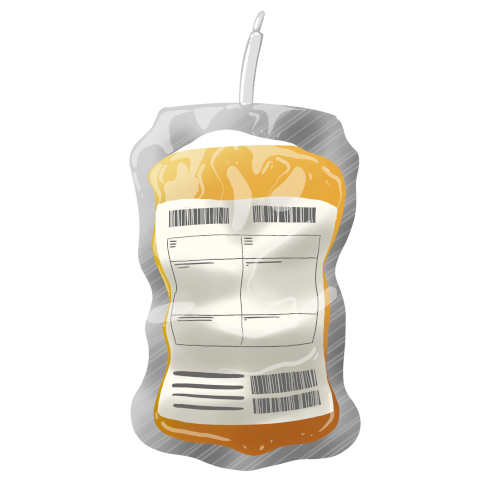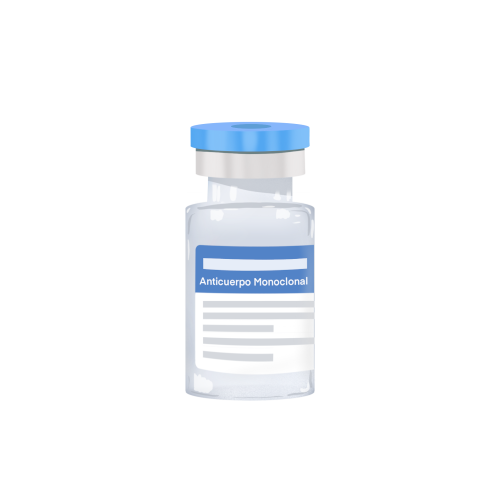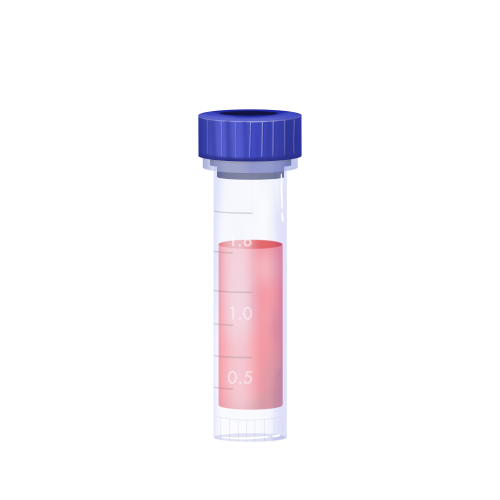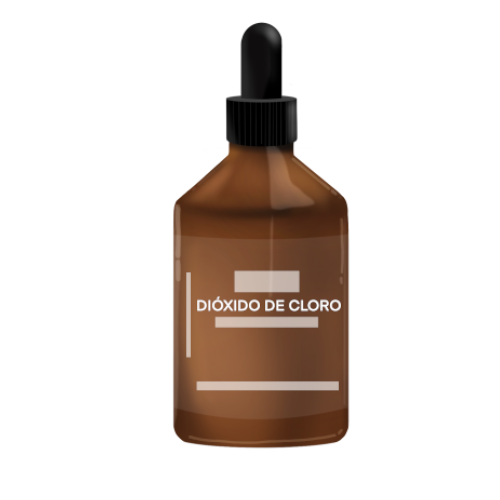Two years after the start of the COVID-19 pandemic, doctors around the world continue to seek treatments to curb the disease that changed the life we knew. In this period, several clinical trials have been carried out that offer scientific evidence to confirm the efficacy or harm of the use of a drug or therapy with various patients who have suffered mild, moderate, and severe symptoms of coronavirus infection.
In this special reporting project, produced in collaboration with the Epistemonikos Foundation, we analyzed the 47 most commonly used covid-19 treatments. To conduct this analysis, we created seven classifications, ranging from “Standard treatment” to “unsupported by science”. We developed these categorization levels to assess the appropriateness of the main covid-19 treatments up to this point in time. From September 2020 until now, we update this information weekly as new scientific evidence becomes available.
It is an intervention that is not evaluated in clinical studies because current scientific knowledge already provides sufficient information on its risks or on the improbability of finding benefits.
5
It is a treatment that does not generate benefits, generates benefits that do not outweigh the risks or generates benefits that are minimal when weighed against its cost. It is backed by good evidence. It should not be used in any clinical setting. Further research is warranted only in populations or circumstances other than those that have yielded negative results.
5
The initial experimental results of the treatment are not encouraging. However, we cannot yet rule out with certainty that the treatment will deliver any benefit. Further research is warranted, especially in populations or circumstances other than those that have yielded disappointing results.
5
It is a treatment about which nothing can be assured yet, either because the certainty of the evidence is very low, because the studies have had mixed results, or because the data is not reliable. Further research is warranted.
5
We still cannot be sure whether the treatment’s benefits outweigh the risks and costs, although its initial results are encouraging. It is not ready for use yet, but further research is warranted.
5
When weighing the benefits of the treatment against its risks, costs and other contextual factors, in most cases the balance tips in favour of using the treatment. It is backed by good evidence.
5
It is an accessible, effective and safe treatment, backed by high certainty evidence. If allowed to choose between this or other similar treatments, this is the best option.
5
